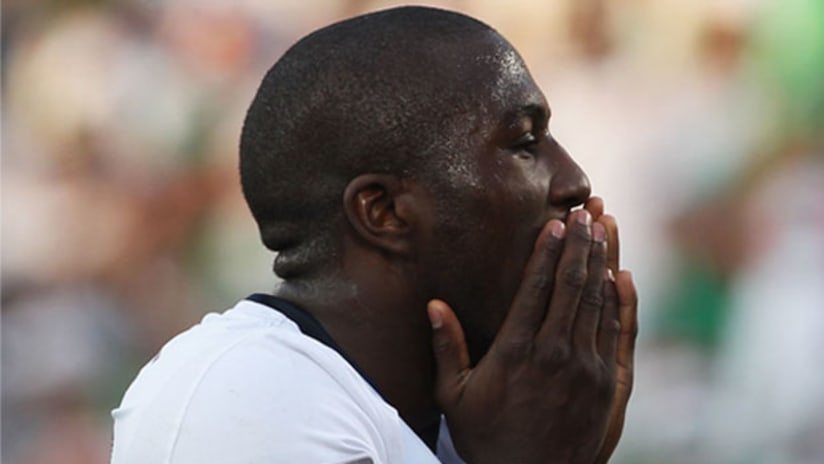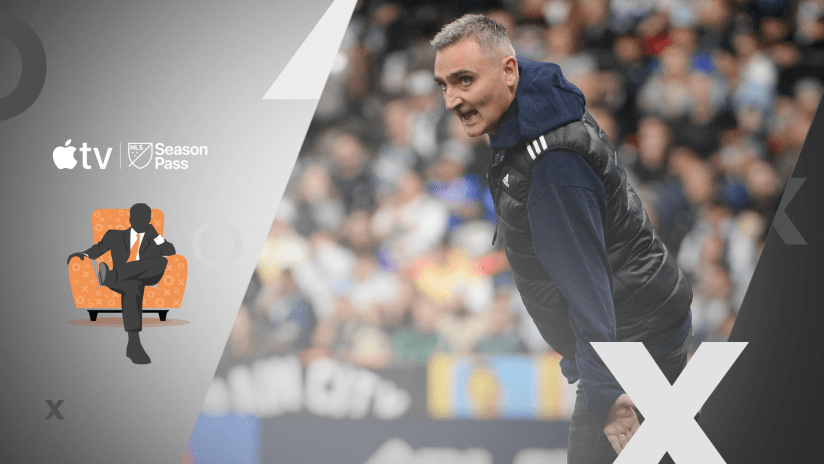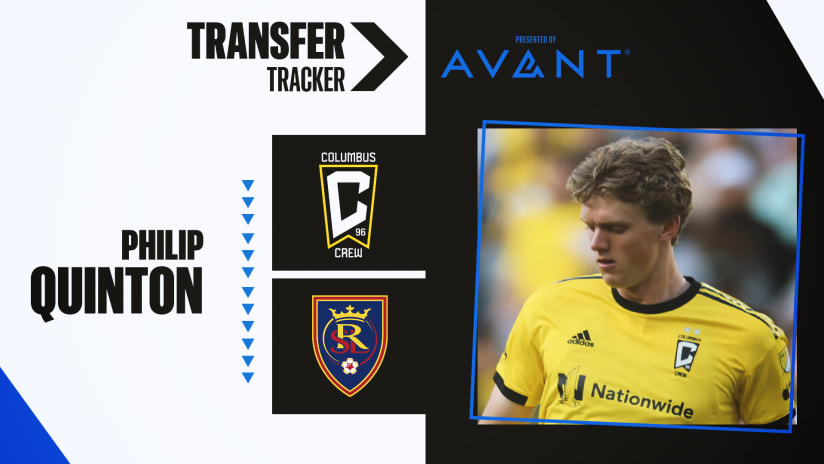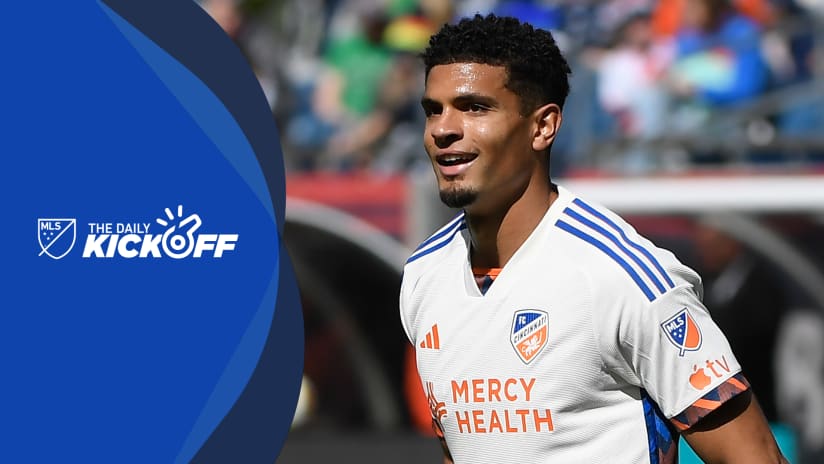The question, when it came to soccer, used to be “How do we get the ball to our forwards?” That was the only consistent way, you see, to get the ball in the net. That’s what forwards -- always two, mind you -- were for.
Over the years the game changed, and it started asking a bit more of the typical forward. Drop back a bit to help in possession. Press higher to cause wayward distribution from your opponent. Pull out to the flanks, then cut a ball inside into the stride of the central midfielder making a late charge into the penalty area.
Managers stopped looked for “goal poachers.” That was once a high compliment, but it became a borderline insult, an epithet used to describe a player’s shortcomings as much as his strengths.
Instead the bosses started looking for, or developing, as the case may be, forwards with playmaking and defensive skills.
Reason being, it’s just not as easy to poach as it once was. Defenders are bigger, stronger, faster, more sure-footed on the ball. Teams are well-schooled to avoid mistakes. Defensive schemes are diabolical.
And so the question changed from “How do we get the ball to our forwards?” to “How do we best attack?”
That question is answered weekly throughout the soccer-playing world. Guys who attack from deep, or from the flank, or from anywhere defenders aren’t are the ones who bang home goals. It’s the Messis and Ronaldos and, up until the wheels came off this March, the Rooneys who lead the way.
[inlinenode:325492]Here’s where we pick up the story of Jozy Altidore. Jozy’s history is relevant here to tell the tale of a can’t-miss prospect that managers across the land were drooling over, a one-of-a-kind talent with a nose for goal who’d alter the fortunes of whichever club was lucky enough to land him in the 2006 SuperDraft.
But the reality was quite different. Truth is, coaches didn’t know what they could do with a guy whose whole game seemed to be setting up shop wide on the left, then cutting inside and unleashing a scorching shot at goal. Altidore was, for all intents and purposes, a one-trick pony when he entered the league.
Managers weren’t sure if he was a forward, or a midfielder, or just an “attacker,” and most importantly, if the way he attacked could and would translate to the professional level.
Since there was no easy slot for him to fit into, the prevailing scouting report was “Yeah, but...”
As it turns out, Altidore was actually a bit ahead of his time in finding space to score goals. It served him well through 2 ½ years of MLS, and he produced for the US national team, as well.
When he moved to Europe, though, the goals dried up. There are a myriad of reasons for that -- Pele himself would have had trouble breaking double-digits for a team as devoid of service as last year’s Hull City side -- but one of them, the biggest one, is that a forward has to have more in his arsenal than the “one thing he does.”
Whether it’s the pure poaching of Michael Owen or the cut-and-shoot of Altidore, if defenders can scout it, they can stop it (unless it’s Messi, of course).
Now diversification is key. Forwards have to find different ways to score, and if they’re not scoring, they have to find different ways to help their teammates who are.
[inlinenode:321961]“How do we best attack?”
That’s been the European Education of Josmer Altidore.
And lest you think it hasn’t paid dividends, recall, if you will, the knock-down header for Michael Bradley’s goal against Solvenia. Or the one-touch pass into Clint Dempsey’s run against Algeria, the rebound from which would turn into Landon Donovan’s game-winner. Remember the turn-and-burn of Jamie Carragher, and the fact that afterward, England didn’t launch a single attack up the right-hand side. Three vastly different plays, and three results that helped lead the US into the second round.
This past week, Altidore had two more moments where the world could see that he’s added facets to his game that weren’t there 18 months ago. The first came on the front page of UEFA.com in a video segment titled “Hold the Ball Like Altidore” in which he illustrated the proper technique for getting a defender on your hip, shielding and turning him (á la the Carragher play).
The second came on the field for Villarreal in the Copa del Rey against Valencia. Altidore had been brought on at left-wing in a 4-3-3, but drifted centrally often in a target role. On one particular play he received the ball with his chest, then instead of controlling and picking a pass, he immediately one-timed it into space for Nilmar.
The Brazilian, who’s been in scintillating form, surprisingly muffed the 1-on-1 with the keeper. Even so, Jozy had shown what makes both Juan Carlos Garrido and Bob Bradley willing to keep him on the pitch even when he’s not scoring: In a flash he’d gone from a left winger to a center forward, and unlocked one of the best defenses in Europe. He figured out a way to help the team attack.
That’s the challenge for the modern forward, and it’s a lesson one hopes the next generation of MLS strikers learn by watching Altidore. Whether it’s Teal Bunbury in Kansas City, or Juan Agudelo in New York, or Danny Mwanga and Jack McInerney in Philadelphia, the Education of Josmer Altidore is universally relevant.
Matthew Doyle can be reached for comment at matdoyle76@gmail.com and followed at twitter.com/mls_analyst.
Think you know the game? Test your powers of prediction with MLSsoccer.com's new fantasy game,Pro Soccer Picks. Play NOW!














